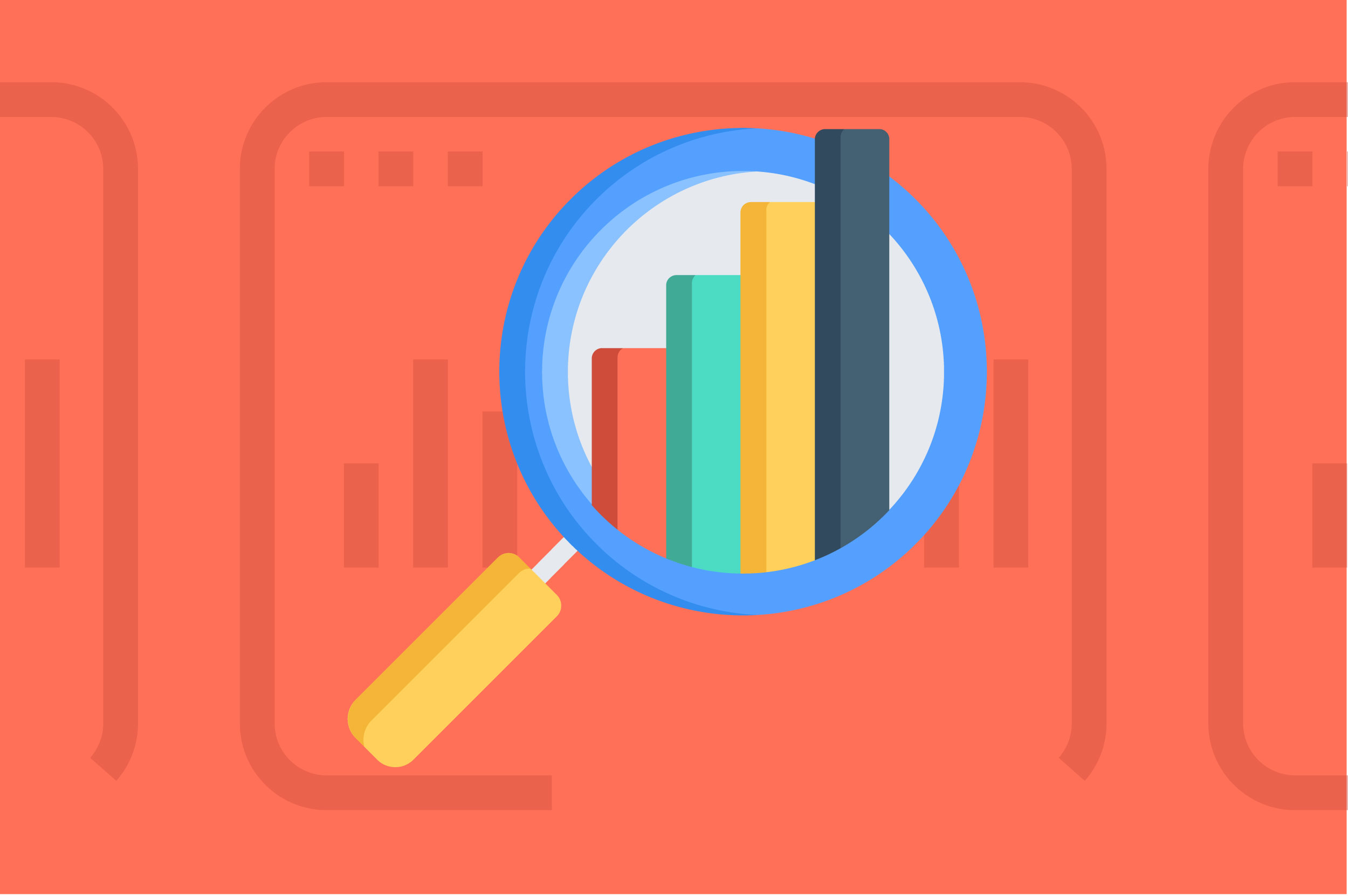Something to Celebrate
Brownboots launches a fresh new website for Farmers National Bank in Ohio.

8/14/23
The end of June signaled two milestones: the midpoint of 2023 and the sunsetting of Google’s Universal Analytics platform.
Because we’re firm believers in continuous improvement and the role of website analytics in collecting actionable data, we’ve devoted this late-summer blog post to examining how visitors have used our bank and credit union websites for the first six months of 2023.
We engaged in a similar exercise last year, using Universal Analytics, so we can compare the findings from Q1 and Q2 of 2023 to those of 2022 — a final “apples-to-apples” approach, since Google Analytics 4 will replace Universal Analytics going forward.
Here’s a summary of what we discovered while examining all that data:
On average, the number of total sessions, pageviews, users and new users are up year over year, with mobile sessions increasing by an impressive 19.94% since last year.
While pages per session are down slightly as a whole (-1.07%), we never take this number at face value. After all, if visitors are finding what they’re looking for faster, that can be a good thing. Conversely, several bank websites saw increases in the number of pages per session, likely a result of ongoing efforts to add resources to the site, including informative blog posts.
As for which mobile devices access our bank websites most often, the answer is almost unanimously iPhones and iPads — a significant jump since 2022 — though in the case of a handful of sites, Android devices do edge out Apple. Speaking of Edge, that browser is the leader on only one of our sites. Chrome dominates almost everywhere else, with Safari giving Chrome a run for its money in just a few instances.
As noted in last year’s blog post, compiling all our bank website data together isn’t really helpful when it comes to traffic sources because every client prioritizes different marketing tactics. For example, one bank might invest in paid ads, while another focuses more on social media.
Yet there are still nuggets of knowledge to mine from our cumulative statistics:
Unsurprisingly, Home remains the most visited page for all our bank websites; it’s where existing customers land to log into their accounts as well as a popular destination for prospects to start their shopping.
For the second year in a row, Online Banking is the second-most popular page. In 2022, the third most visited page was Locations & Hours, on average. A year later, that remains true for some sites, but the Contact Us page has overtaken Locations & Hours. Again, this isn’t necessarily a universal positive or negative. If visitors are confused or frustrated and, therefore, forced to go to that page, that’s not good. If, however, calls to action are carefully cultivated through the website and lead customers to convert on the Contact Us page, that is very good!
On average, webform conversions to the Thank You page are up 10.46%, but even those websites where that number has decreased year over year shouldn’t despair: if your customers prefer to call with questions or use online chat, it makes sense that fewer visitors are submitting the webform.
Taking a peek at what visitors type into the websites’ search field never fails to yield insights. For one thing, it provides a snapshot of what is important to them; furthermore, popular search terms can suggest opportunities for additional pages or reorganization of existing content for emphasis and/or clarification.
Across all BrownBoots bank websites, the Top 10 search terms were as follows in the first half of 2022:
Compare that to 2023’s leading search terms so far:
Dedicating a page for the bank’s routing number and one for reordering checks is a default component of our sitemap recommendations. Even if you put this information or corresponding links in the header, footer or both, customers consistently use the search box to seek it out. Dedicated pages for careers and hours (i.e., Locations & Hours) are also prevalent across our bank websites.
A few other observations are worth noting:
Another fact becomes clear as we scour the stats from each of our bank websites: individual results vary greatly across individual data points. This is unsurprising, considering each financial has its own unique size, geography, goals and resources. It also underscores the importance of not only custom bank website design, but also a custom approach to continuous improvement.
One size seldom fits all, after all, which is why we are always eager to work with banks and credit unions, one on one, to interpret their website analytics — annually, semiannually, quarterly or as needed.
Brownboots launches a fresh new website for Farmers National Bank in Ohio.
A new website for The Dolores State Bank showcases their updated branding and their community.
Capitol Bank of Wisconsin and Security National Bank of Nebraska are both new additions to the ever-growing BrownBoots roster of clients.